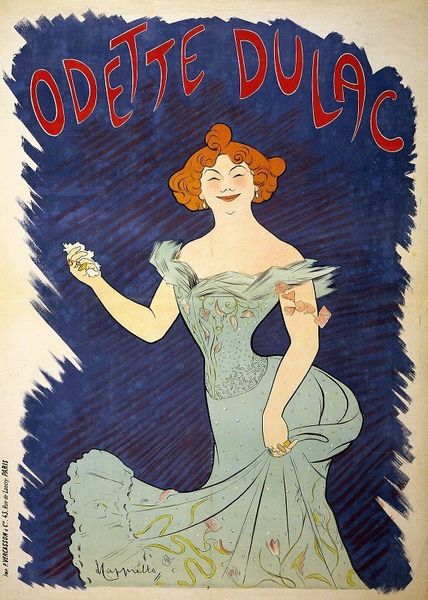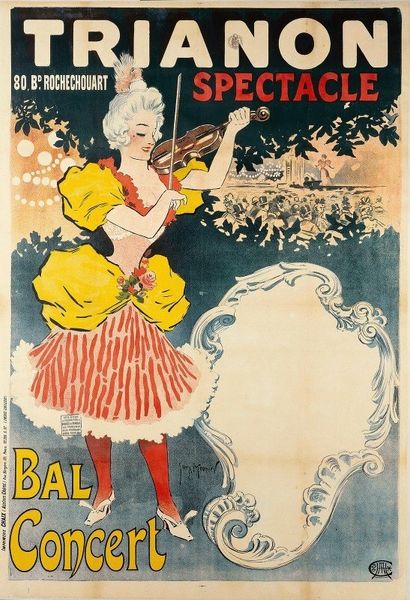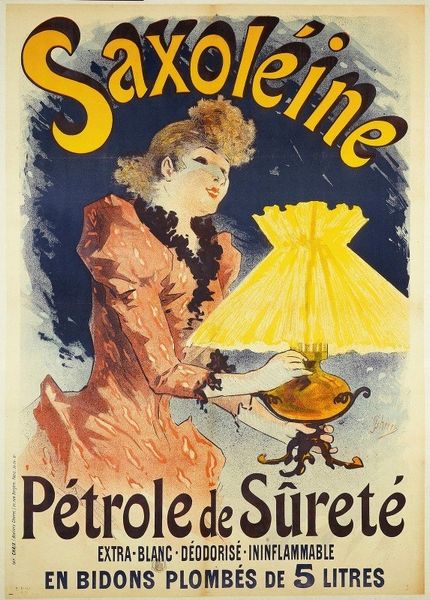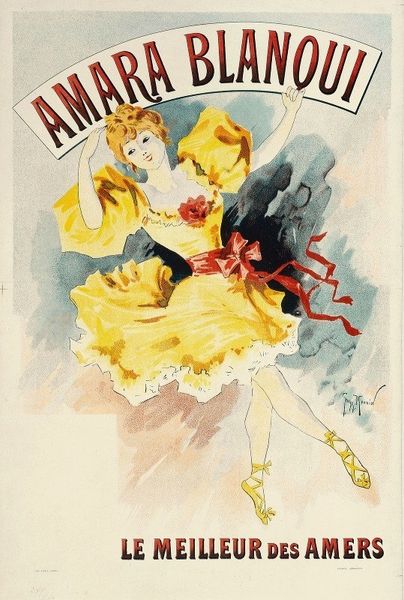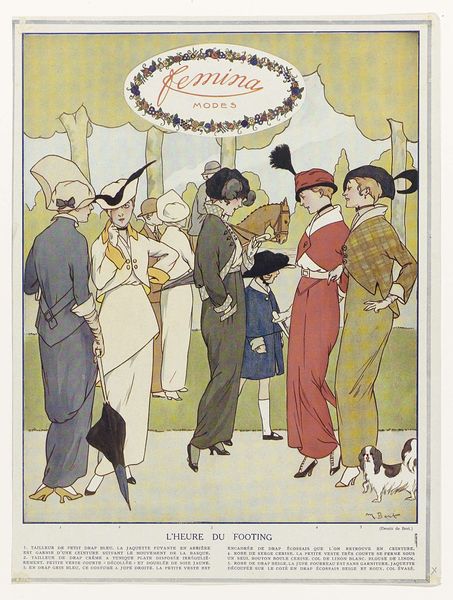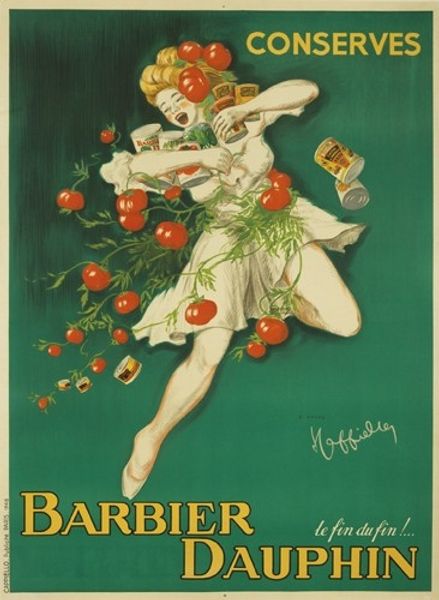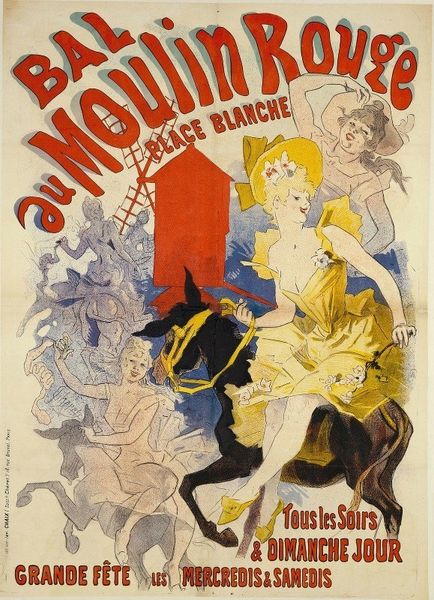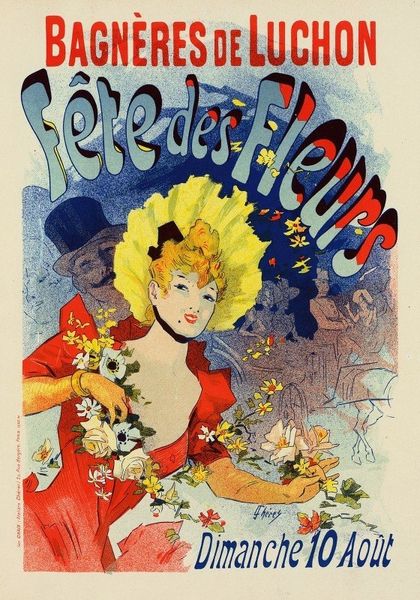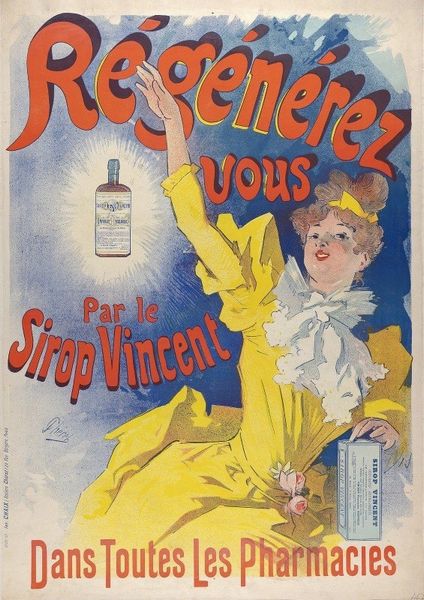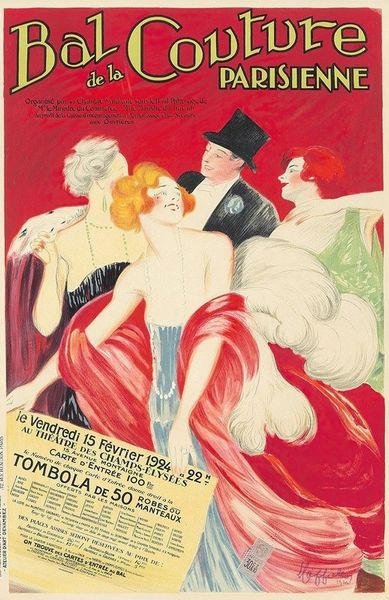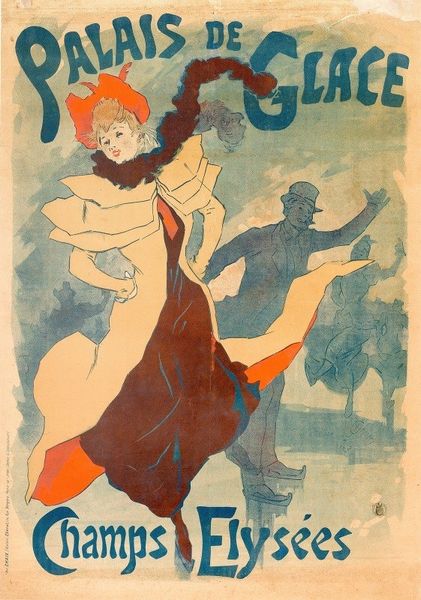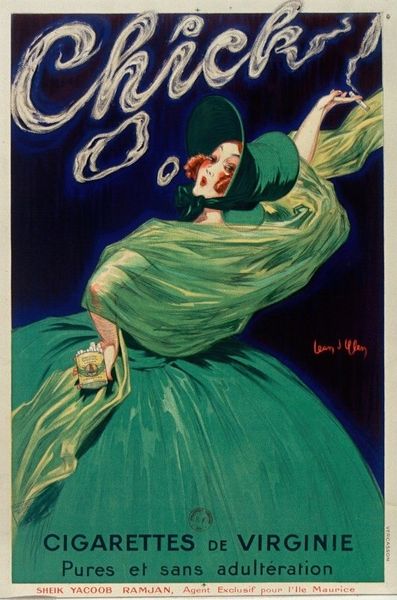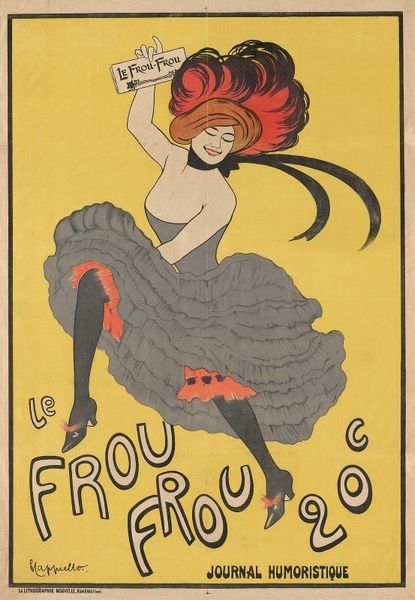
typography, poster
art-nouveau
typography
genre-painting
poster
Copyright: Public Domain: Artvee
Editor: This is Jules Chéret's "Alcazar d’Été, Louise Balthy," created as a poster in 1893. It immediately strikes me as capturing a feeling of movement and lightness, even a touch of flirtation. What symbols or meanings do you think resonate in this image? Curator: This poster, with its portrayal of Louise Balthy, embodies the spirit of the Belle Époque. Beyond just advertising entertainment, it encapsulates the liberation and changing roles of women. Consider the dancer: What does her pose, her dress, suggest to you? Editor: She appears graceful, confident, almost defiant in a playful way, not restricted, as she kicks up her dress, so not traditional at all. The fact that it's a poster feels like she's being 'consumed', which I feel clashes with your idea of liberation and changing roles for women. Curator: Interesting thought! Perhaps 'consumed' is the wrong term to express its sentiment: rather, her image and talent are becoming more public, contributing to her own agency and recognition, not mere objects, but active participants in culture. Are the cultural ideals shifting? What does that poster imply about popular culture and its symbolic significance? Editor: Yes, there’s definitely a cultural shift happening here, from old aristocratic patrons to, effectively, anyone who can buy a ticket and see a show. Thanks, I now see the performer more as active and empowered. The work makes me wonder if images today hold the same weight, especially with all that's changed. Curator: Indeed, by analyzing the symbolic language of this poster, we gain insights into its impact on how cultural memory can be activated and also transmitted, which enriches understanding the image and also our place in culture.
Comments
No comments
Be the first to comment and join the conversation on the ultimate creative platform.
